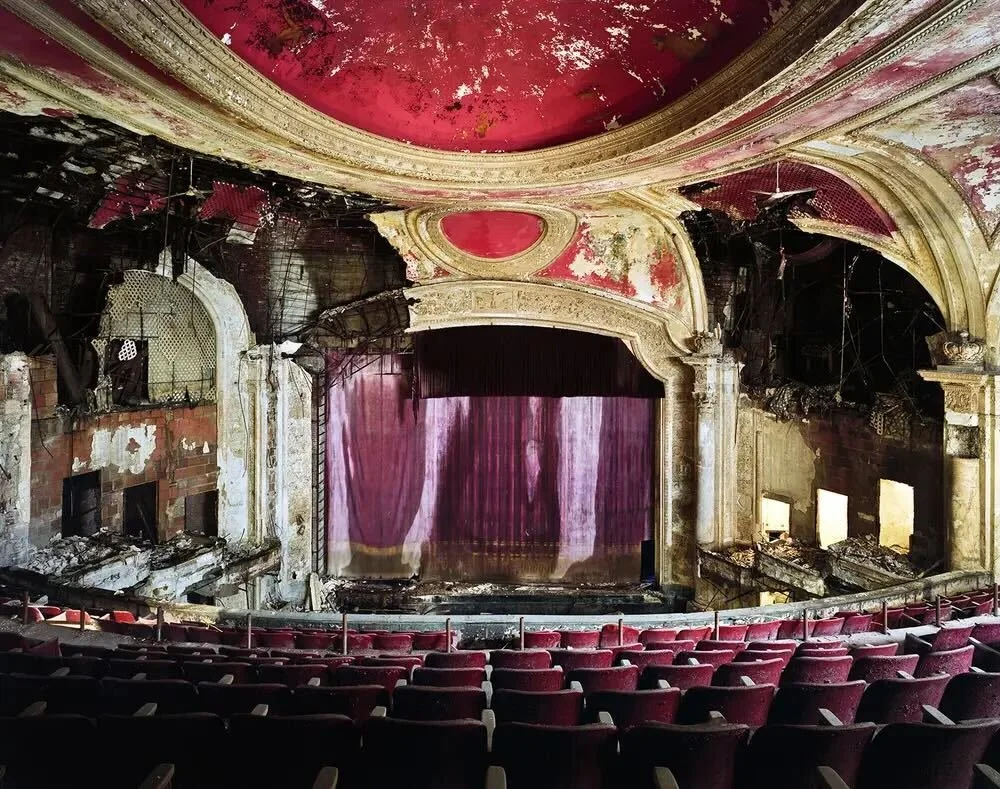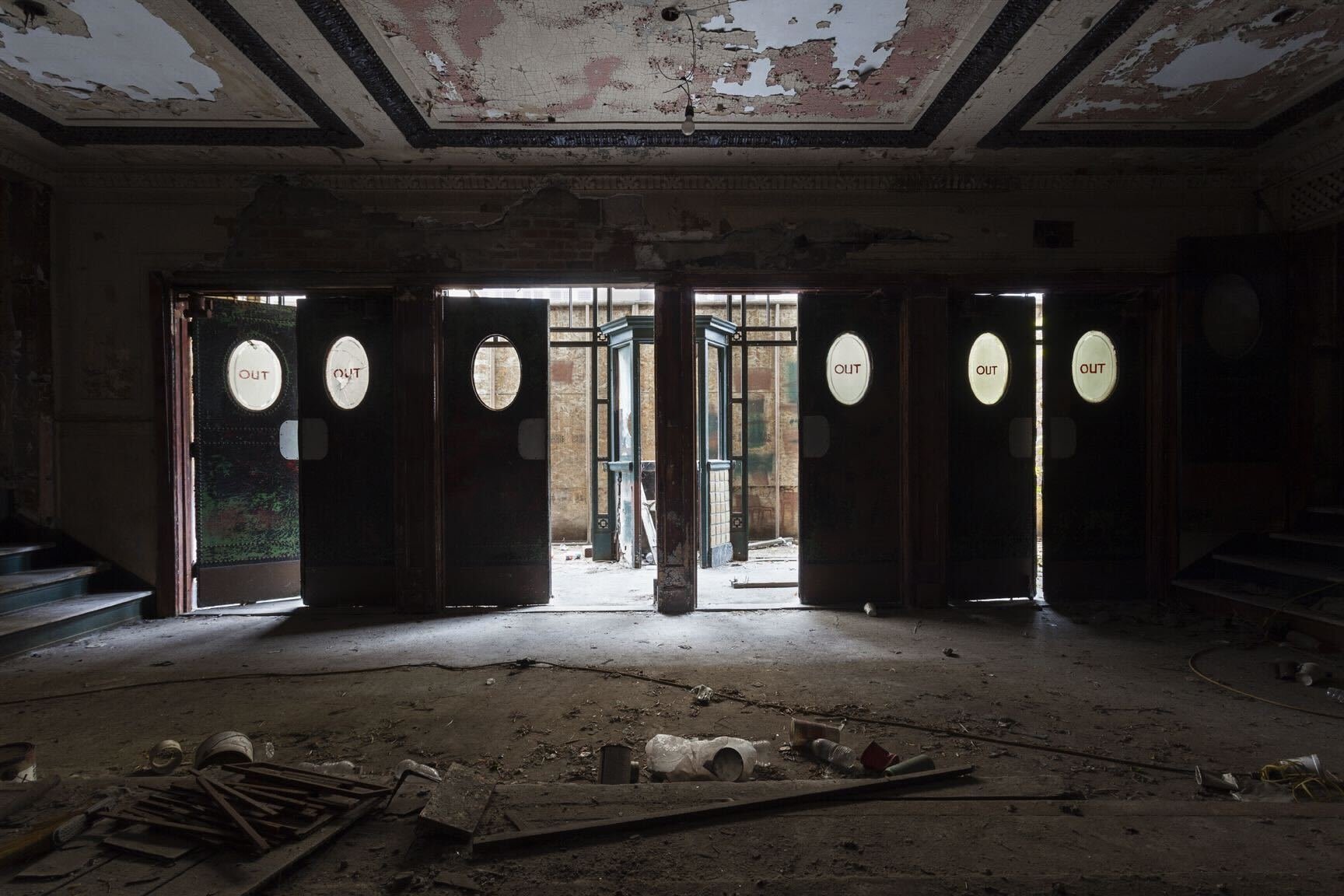Let’s All Go To The Movies
Everything in our society has a time and a place where affordability and desirability meet and an industry is born. A drive-in can only exist if the land to sit it on is cheap enough. When that land’s value outstrips the income from the drive-in business, the drive-in ceases to be a sustainable venture. As much as we’d like to romantically look at these places - movie palaces, multiplexes, drive-ins, video stores - if they can’t find a proper place with popular support in the routines of society, they cease to exist. Without recognition from local or federal governments for theatres to be recognized community spaces with proper land or tax breaks, the future looks bleak for them to continue existing.
I think we’re all guilty of staying in and watching something streaming when we thought about going to the movies earlier in the day. Going to the movies can be an expensive proposition, but you’re paying for a screen larger than you could ever experience at home. Most will fawn over the inflated prices of the concessions but don’t understand that the majority of the profit for these theatres is based on you buying a soda; you’re keeping the projector running when you do that. When we finish a film on Netflix, and we pick which thumb we want to represent our feelings, where do we go to discuss the art we just saw?
Much has been made of “content” in the last few years. Streaming has changed how we watch movies and TV and even changed the shape of both of those forms. We’ve watched limited series that resemble 8-hour movies more than 8-episode TV seasons and for the life of me I can’t figure out the reason for these strange mutations in these familiar media.
For decades, the projectionist was the unsung hero of the projection booth. Few noticed or cared how the films made it to the screen. And the studios knew this in 2013 when the digital transition was forced and movies and TV began their quick meld into “content.” It’s unfortunate that in an effort to “modernize” theatres, we’ve lost some of the magic that theatre-going once was. There is no person behind the curtain. It’s a pre-programmed projector and it’s lifeless.
The hard transition from 35mm film to digital projection forced by the major studios in 2013 to make changes to nearly every theatre and none for the better. Where studios saw a small increase in their bottom line, the uniqueness of the theatrical experience began its slow march of death. This transition coincided with an explosion of smart phones, smart watches, and other objects that emit light to distract us from a unique theatrical experience.
If you’re lucky enough to live in an area that still shows 35mm film in a theatre, you have an experience few do these days, and an experience I think needs to come back. With the proliferation of 4K TVs, many now think they have the same or better experience at home compared to the 4K projectors in the theatre. How do we show the difference to a paying audience? Some thought that 3D was going to be that shot in the arm, but by most measures it failed to deliver in the last decade, as it failed to catch mainstream traction in the 1950’s as well.
Here at Other Worlds we love genre. We LOVE it. And genre still brings crowds together; a fact we’re very proud of. Film or digital, the theatrical experience is still the best way to experience these films. The theatrical experience is immersive, it demands our attention, and it uniquely imprints your memory while creating a forum for discussion after the film.
Many of the films we show at Other Worlds are acquired for distribution and are available for streaming after the festival but will never show in a theatre in Austin again - and that’s a tragedy. But it also makes what we do unique and special and once in a lifetime. The films we show demand a crowd and a place to discuss them. We need to fight for the things we love and never take them for granted and assume they might just always be there…because they won’t be. It’s only April but I can’t wait for Other Worlds 2022 in December; when we can all gather together again, alone in the dark.



